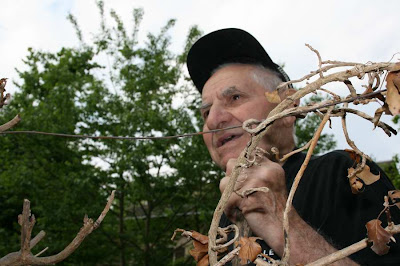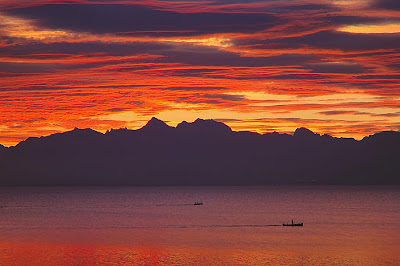
I don't know. But they do. This is one of my higher-earning photos at the moment, and seems to be popular with travel magazines.
For me, one of the great things about photography is that it's a sort of 'hunter-gatherer' activity. Unpredictable.
This is a perfect example. I found this massive beastie lurking in my bathroom one morning. What would you have done? Shuddered? Screamed? Flattened it, or washed it down the drain?
I thought 'That'll make a good photograph. Might even sell.' I left it in the bath and went away to have breakfast.
Making the photograph, later that morning, wasn't easy, even though the spider sat still. The lighting, in particular, was tricky. I used diffused flash and relied on the fact that I was in the bathroom (with lots of white and reflective surfaces) to bounce the light around some more. In particular, I wanted some shadows, to give the image a bit of depth, but not harsh ones that would distract from its form.
The exposure was also tricky. I didn't want the enamel of the bath to be a totally burned-out white, otherwise the spider would appear to be floating in mid-air (especially if the image is used on a white page).
I must admit, I'm not entirely happy with the result, even though its sold. The brownish lower right-hand corner annoys me. And, now I come to think about it, I would preferred to have had the spider coming out of the drain, head on to the viewer.
So ... now I'm waiting for another big spider to fall in my bath.

























